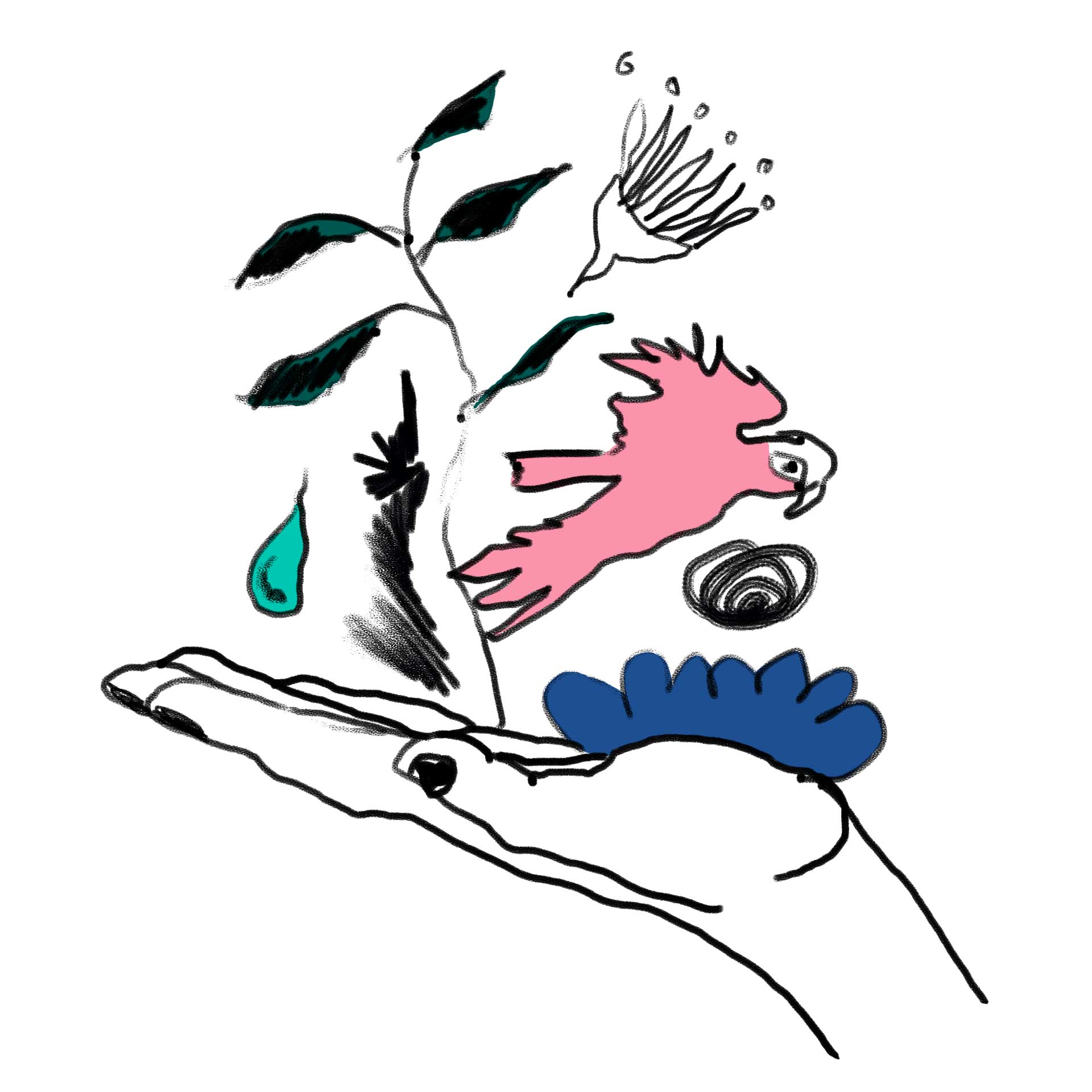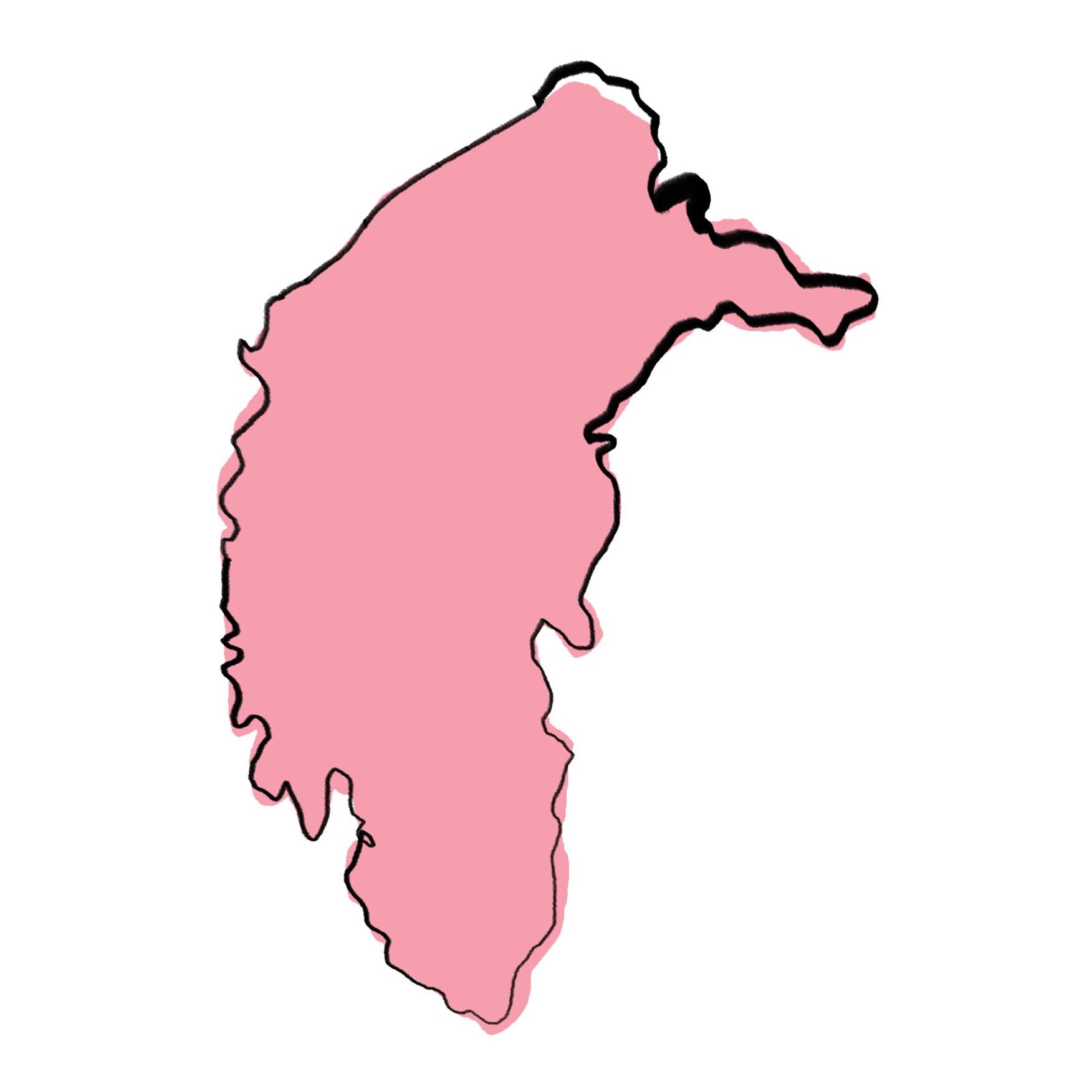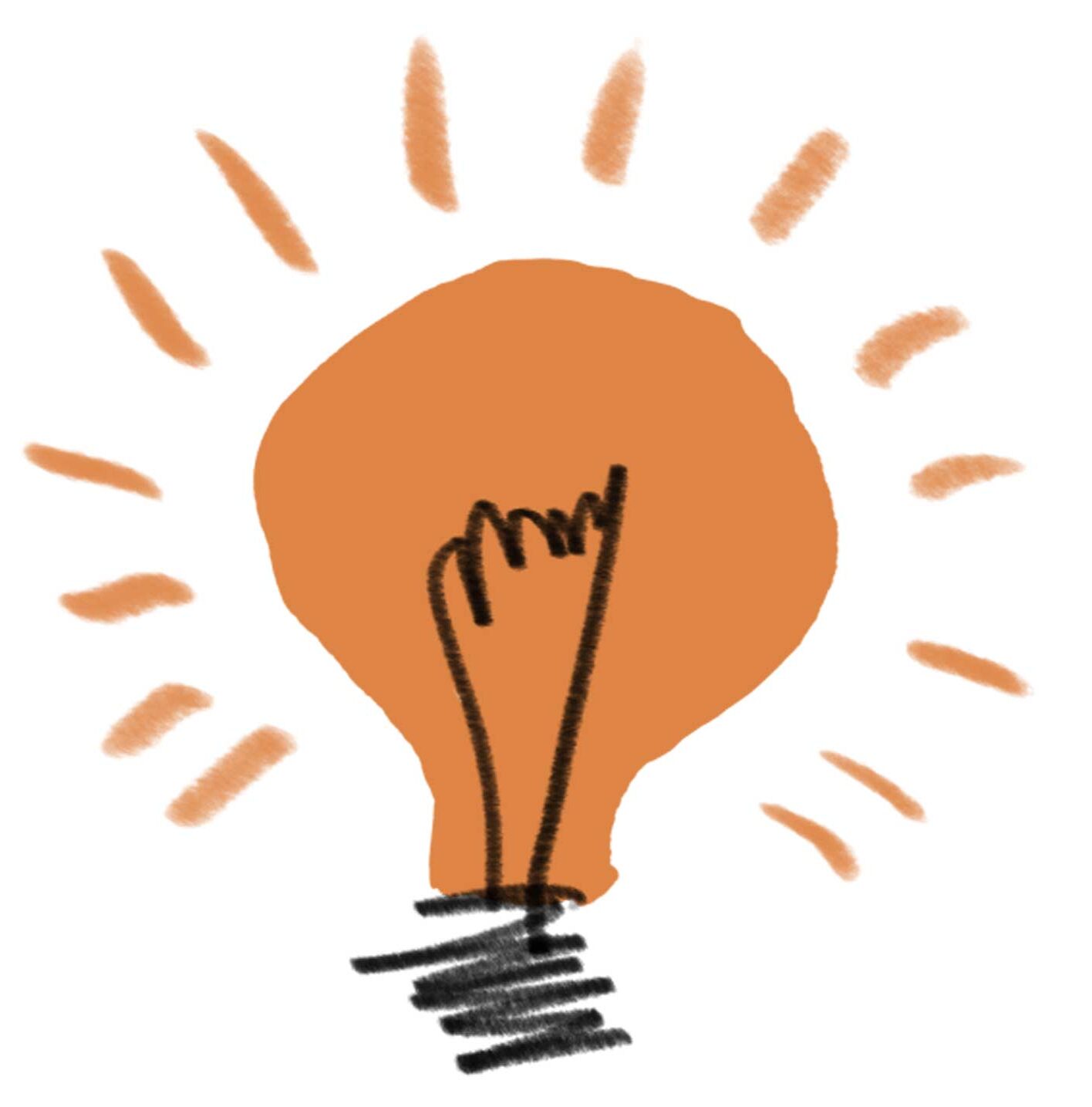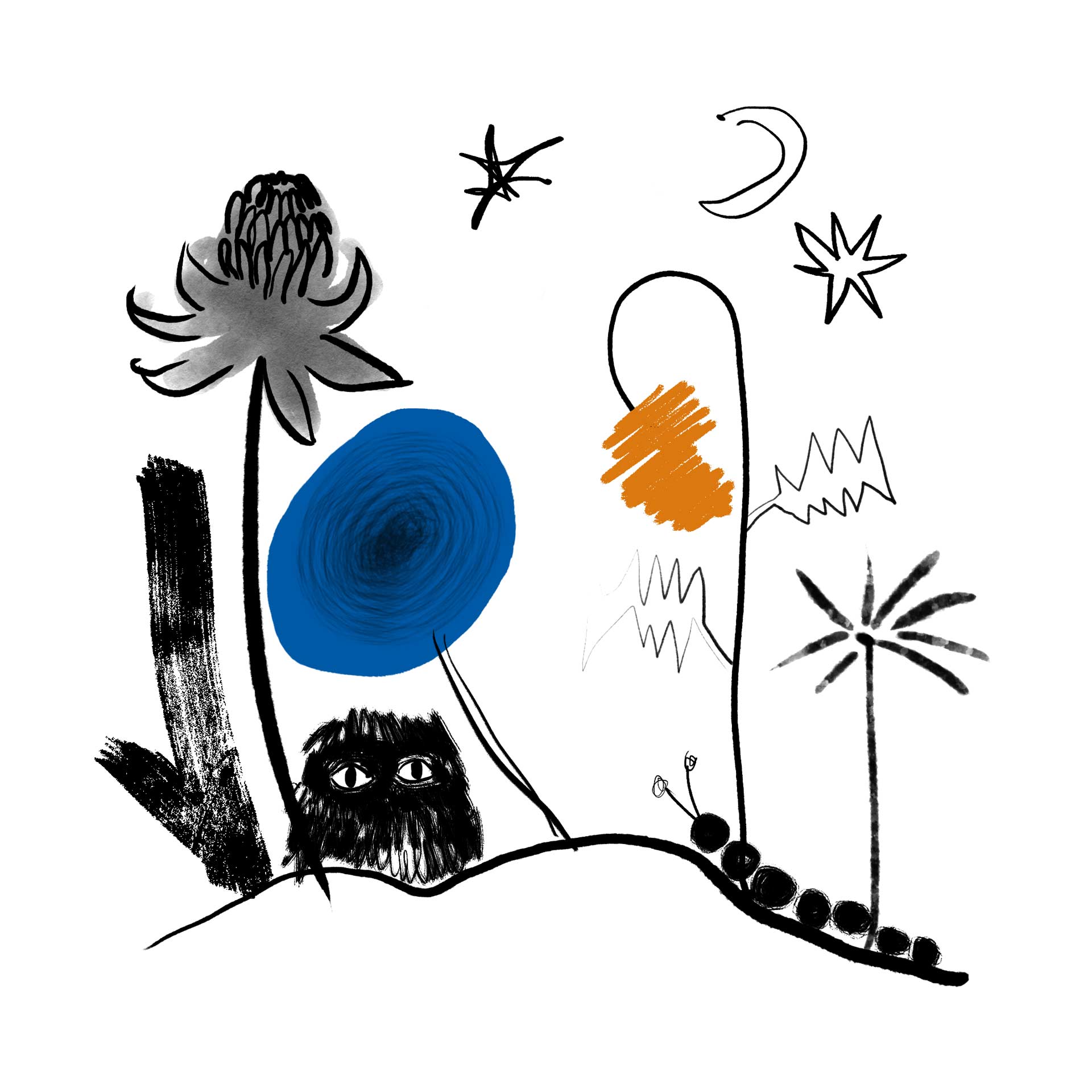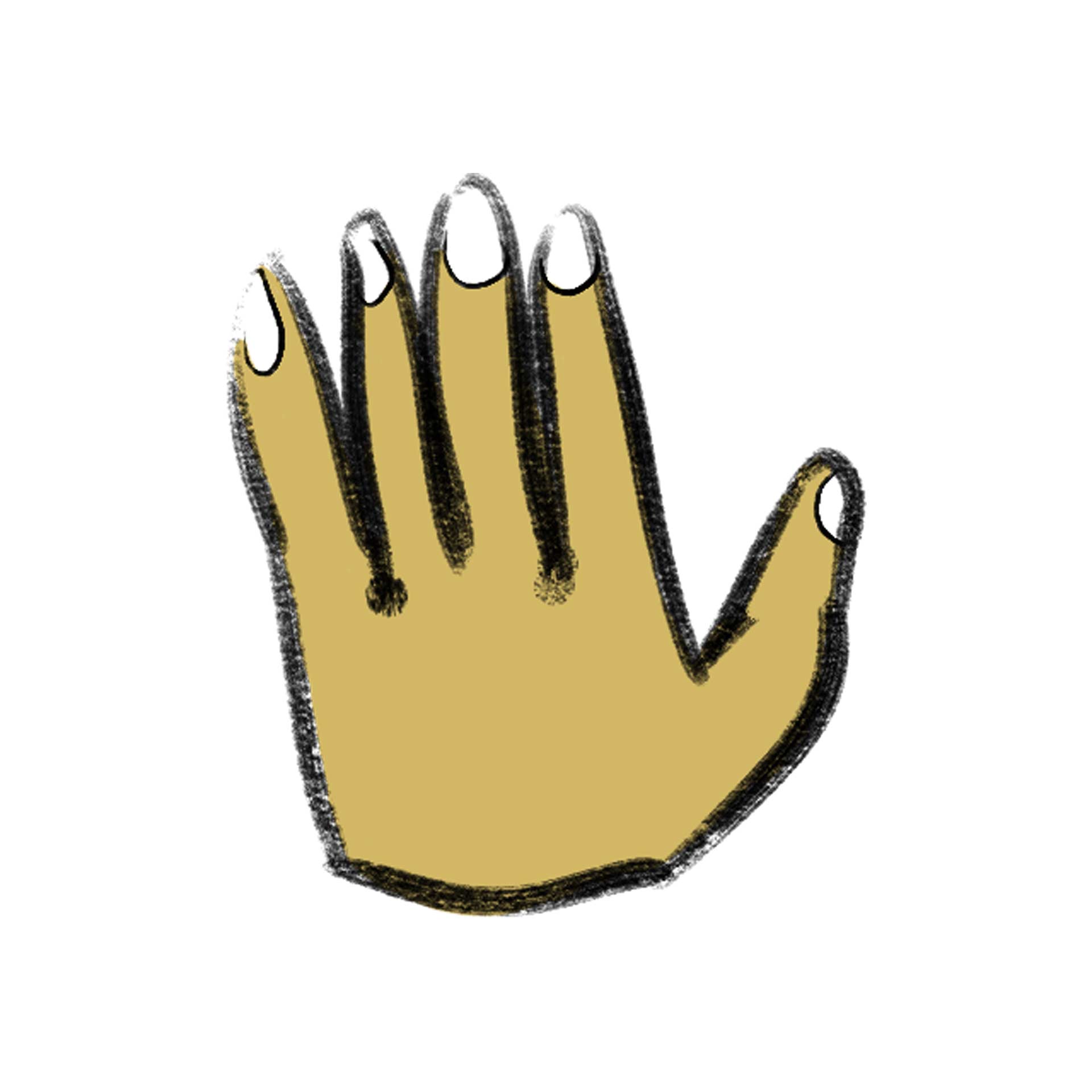biodiversityAll of the different types of life in the environment. Biodiversity includes plants, animals, and micro-organisms (really small things like bacteria and fungi). is the variety of life.
Should we find out what lives in Canberra?
Click the links below to discover more!

What is biodiversity?
Biodiversity is the variety of different types of life in an environment. It includes plants, animals, and micro-organisms (really small things like bacteria and fungi). Ecosystems like forests, grasslands and rivers need healthy biodiversity to thrive. Biodiversity is important because all living things interact and need each other to survive.
All living things
There are many living things on our Earth. Some examples are mammals (including people!), fish, insects, birds, plants, bacteria and other life.
Every one of these living things is important. They play different roles in keeping the world healthy. For example, plants produce the oxygen we breathe, provide food for animals, keep the soil healthy and prevent soil erosionWhen soil is carried away by water or wind. Soil erosion can reduce biodiversity, harm rivers when soil is washed into waterways, and create dust storms..
Everything in our world is connected, and each plant and animal is an essential part of our natural ecosystemsA collection of interacting living and non-living things. A forest ecosystem consists of the trees, grasses, soil, rocks, animals and insects in a forest, and how each of these things interacts. – that’s why we need to protect biodiversityAll of the different types of life in the environment. Biodiversity includes plants, animals, and micro-organisms (really small things like bacteria and fungi).. The loss of biodiversityAll of the different types of life in the environment. Biodiversity includes plants, animals, and micro-organisms (really small things like bacteria and fungi). can damage the health of natural environments.
Healthy biodiversityAll of the different types of life in the environment. Biodiversity includes plants, animals, and micro-organisms (really small things like bacteria and fungi). is also vital to human health. BiodiversityAll of the different types of life in the environment. Biodiversity includes plants, animals, and micro-organisms (really small things like bacteria and fungi). gives us many benefits including clean air and water, food, pollination, pest control, carbon storageWhen plants remove carbon from the air and store it in their leaves, stems, trunks, and roots. This process helps to reduce climate change by removing carbon dioxide from the atmosphere. and nutrient cyclingHow nutrients (such as nitrogen) move between plants, animals and bacteria, as well as between soil, water and air..
BiodIvErsity in the ACT
The ACT is home to at least 2,751 nativeAnimals and plants that live in, and are originally from, an area. The area could be large, like Australia, or it could be small, like a specific national park. animal species and 2,153 nativeAnimals and plants that live in, and are originally from, an area. The area could be large, like Australia, or it could be small, like a specific national park. plant species – and we are finding more nativeAnimals and plants that live in, and are originally from, an area. The area could be large, like Australia, or it could be small, like a specific national park. species all the time! But there are also many invasivePlants and animals that are not native to Australia. These are also known as introduced species. species that affect native biodiversity and ecosystems in the ACT, including 64 invasive animal species and 700 invasive plant species.
There are also animal species that move through the ACT as they migrate from different parts of Australia and from across the world for breeding and feeding.
Some migrate from as far away as northern Siberia, China and Japan to spend summer in Australia.
These species only live in the ACT for a short time each year. This includes around 43 migratory bird species, with 19 being regular visitors.
Species include Latham’s Snipe, Rufous Fantail, Satin Flycatcher, and the White-throated Needletail.


Box Gum Grassy Woodlands. Source: Mark Jekabsons
Endangered species in the ACT
Some of the ACT’s species are endangered and need our help. In 2023 there were:
- 8 critically endangered species – a species that is facing an extremely high risk of extinctionWhen an entire species of plant or animal dies out. Once a species becomes extinct, it is gone forever. A species can also be locally extinct, meaning that it has disappeared from an area it once lived in, but still exists elsewhere. in the wild
- 21 endangered species – a species that is facing a very high risk of extinctionWhen an entire species of plant or animal dies out. Once a species becomes extinct, it is gone forever. A species can also be locally extinct, meaning that it has disappeared from an area it once lived in, but still exists elsewhere. in the wild
- 28 vulnerable species – a species that is facing a high risk of extinctionWhen an entire species of plant or animal dies out. Once a species becomes extinct, it is gone forever. A species can also be locally extinct, meaning that it has disappeared from an area it once lived in, but still exists elsewhere. in the wild
- 2 critically endangered environments: Natural Temperate Grassland and Yellow Box/Red Gum Grassy Woodland
- 1 endangered environment: High Country Bogs and Associated Fens
HOW THREATENED AM I?
Meet some of Canberra’s threatened species.

The Regent Honeyeater is critically endangered.

The Superb Parrot is vulnerable.

The Northern Corroboree Frog is critically endangered.

The Canberra Spider Orchid is critically endangered.

The Canberra Grassland Earless Dragon is critically endangered.

The Murray River Crayfish is vulnerable.
Images: Regent honeyeater and Superb parrot, source: Ryan Colley; Corroboree Frog, source: Murray Evans; Canberra Spider Orchid, source: Emma Cook; Canberra grassland earless dragon and Crayfish, source: Mark Jekabsons
WHAT ARE THE THREATS TO THE ACT’S NATIVE SPECIES?
Threats to biodiversity can occur slowly, such as climate change, or fast, such as a bushfires and land clearing.
The threats to the ACT’s plants and animals are much the same as those facing species across the world. They include:
- ClimateThe usual weather that happens in an area over a long time, usually many years. Climate change is when this usual weather changes. change, especially higher temperatures, more heatwaves and reduced rainfall.
- Increased number of bushfires.
- HabitatThe natural home or environment of a plant or animal. loss from clearing trees and other plants to make way for homes and farms, and habitatThe natural home or environment of a plant or animal. loss from bushfires.
- InvasivePlants and animals that are not native to Australia. These are also known as introduced species. plants and animals including foxes, rabbits, deer, pigs, uncontrolled cats, and species like carp in our rivers.
- Overabundant (too many) nativeAnimals and plants that live in, and are originally from, an area. The area could be large, like Australia, or it could be small, like a specific national park. species such as kangaroos, which eat the plants that other species need to survive.
- Not enough water for rivers and wetlandsAreas of land that are waterlogged (wet) or covered with shallow water. Wetlands can be seasonal, only existing for short periods of time, or they can be permanent..
- Poor water qualityHow clean the water is in rivers, lakes and wetlands. Good water quality has low levels of pollutants. from pollutantsHarmful substances that can damage the environment. Water pollutants include chemicals, fertilisers, bacteria, viruses, animal or human waste, and too many nutrients. like toxic chemicals. Poor water qualityHow clean the water is in rivers, lakes and wetlands. Good water quality has low levels of pollutants. can lead to the loss of plants and animals, reducing biodiversityAll of the different types of life in the environment. Biodiversity includes plants, animals, and micro-organisms (really small things like bacteria and fungi)..

What do kids in Canberra have to say about plants and animals?
Click through these postcards to find out!
Want to know more? Check out our kid-friendly report about young people’s hopes for the environment called:
What can we all do to help our plants and animals?
- Plant a Native Garden: Make your garden a haven for local wildlife! Plant a mix of nativeAnimals and plants that live in, and are originally from, an area. The area could be large, like Australia, or it could be small, like a specific national park. flowers to attract different kinds of birds and insects, and install a nativeAnimals and plants that live in, and are originally from, an area. The area could be large, like Australia, or it could be small, like a specific national park. bee hotel.
- Become a Backyard Scientist: Take photos of plants and animals in your local area, and share your findings on Canberra Nature Map. This information helps scientists better understand the species around Canberra!
- Keep Your Cat Indoors: Cats hunt lots of nativeAnimals and plants that live in, and are originally from, an area. The area could be large, like Australia, or it could be small, like a specific national park. animals. Put a bell on your cat and keep it inside to protect our nativeAnimals and plants that live in, and are originally from, an area. The area could be large, like Australia, or it could be small, like a specific national park. wildlife!
- Build a Wildlife Pond: Make a small pond in your backyard with rocks and nativeAnimals and plants that live in, and are originally from, an area. The area could be large, like Australia, or it could be small, like a specific national park. water plants. This can provide a habitatThe natural home or environment of a plant or animal. for frogs and other creatures.
- Put Rubbish in the Bin: Keep plastic out of the environment by not littering.
- Put Water Out for Wildlife: When the weatherThe sun, rain, or wind that you experience every day. is very hot and dry, leave water outside for animals to drink.
- Travel Smart: If you go overseas or to a different state, make sure you don’t bring back any plant or animal material to Canberra.
- Build a Nesting Box: Create nesting boxes for birds or possums. Place them in trees to provide safe homes for these animals. Watch to see who moves in!
- Create a Nature Journal: Start a journal where you draw pictures and write stories about the species you see in your neighbourhood. Include fun facts about each species and their role in the ecosystemA collection of interacting living and non-living things. A forest ecosystem consists of the trees, grasses, soil, rocks, animals and insects in a forest, and how each of these things interacts..
- Learn and Share: Teach your friends and family about how important it is to protect Canberra’s plants and animals.

BECOME A VOLUNTEER
A hands-on way to help biodiversityAll of the different types of life in the environment. Biodiversity includes plants, animals, and micro-organisms (really small things like bacteria and fungi). is to join a volunteer community group with your family. Here are some to get you started:
- Parkcare
- Landcare
- Greening Australia
- Urban Parks and Places Volunteering
- WaterWatch
- Frogwatch
- Canberra Ornithologists Group
- ACT Wildlife
- Friends of Grasslands
- ACT Young Rangers Club
Note that most volunteering opportunities in the ACT will require you to be accompanied by someone over the age of 18.


LET’S GET OUTSIDE
Become a citizen scientist!
Scientists have a lot of work to do, and sometimes need help monitoring where plants and animals are and how many of them exist. You can help them out by getting outside and using these apps and websites:
- Complete a Backyard Birdcount.
- Look for frogs in your local waterways and ponds using the Frog ID app.
- Take photos of plants and animals you see and upload them to Canberra Nature Map so an expert can identify the species for you.
Activities
Match me to my home
See if you can match the endangered species to their habitatThe natural home or environment of a plant or animal.. Hint: if you don’t know the answer, you can search online!
Photo sources: Ryan Colley – Swift Parrot, Flowering Eucalyptus; Murray Evans – Corroboree Frog; Mark Jekabsons – Alpine Bogs and Fens, Grassland, Canberra Grassland Earless Dragon; Richard Milner – Pink-tailed Worm-lizard; Emma Carlson – Canberra Spider Orchid. All other photos from the Environment, Planning and Sustainable Development Directorate.
A green investigation
TEACHER RESOURCE!
How connected are the greenspaces around you?
This activity shows us how our homes and suburbs can break up natural habitatsThe natural home or environment of a plant or animal.. Building new houses and roads can impact biodiversityAll of the different types of life in the environment. Biodiversity includes plants, animals, and micro-organisms (really small things like bacteria and fungi). because species have trouble moving between habitatsThe natural home or environment of a plant or animal., finding food, and breeding.
Look up your home address on Google Maps using satellite mode. Once you’ve found your home, zoom out until you can see a few suburbs. You can also use the example below, which shows the suburbs of Kingston, Griffith and Narrabundah.
Satellite view of the suburbs of Kingston, Griffith and Narrabundah. Source: Google Maps
Think about the following questions:
- How much greenspace do you see in your neighbourhood?
- What types of greenspace do you see (e.g. sports ovals, parks, nature reserves)? Do you think all of these provide good habitatThe natural home or environment of a plant or animal. for nativeAnimals and plants that live in, and are originally from, an area. The area could be large, like Australia, or it could be small, like a specific national park. species, or are some types better for biodiversityAll of the different types of life in the environment. Biodiversity includes plants, animals, and micro-organisms (really small things like bacteria and fungi). than others?
- Can you trace your finger over the screen from greenspace to greenspace without lifting your finger?
- Does the size of the greenspaces change?
- Are there greenspaces near water (like rivers, creeks, wetlandsAreas of land that are waterlogged (wet) or covered with shallow water. Wetlands can be seasonal, only existing for short periods of time, or they can be permanent. or lakes)?
- Do roads break up the greenspaces?
- Can you see any areas that could be improved by creating new greenspace and wildlife habitatThe natural home or environment of a plant or animal.?
This activity shows us how much greenspace we have around us, and how connected it is. Large patches of habitatThe natural home or environment of a plant or animal. are better than small ones, and connected greenspaces are better than divided ones.
Canberra has quite a lot of greenspace, but sometimes it is not connected well enough for animals to move around. When roads run through conservation areas, animals can’t get across or may be hit by cars while trying. Constructing overhead bridges or underground tunnels can help animals to cross roads safely.
Creating new habitatThe natural home or environment of a plant or animal. to connect different areas can help animals move between patches of land. If species are able to stay connected, biodiversityAll of the different types of life in the environment. Biodiversity includes plants, animals, and micro-organisms (really small things like bacteria and fungi). will be greater.
Spot the invasivePlants and animals that are not native to Australia. These are also known as introduced species. species
This activity increases our knowledge of invasive species and their impact on our environment.
Look at the picture pairs below. One is an important nativeAnimals and plants that live in, and are originally from, an area. The area could be large, like Australia, or it could be small, like a specific national park. species in the ACT, and the other is an invasivePlants and animals that are not native to Australia. These are also known as introduced species. species that is threatening the nativeAnimals and plants that live in, and are originally from, an area. The area could be large, like Australia, or it could be small, like a specific national park. species.
Choose the one you think is the invasivePlants and animals that are not native to Australia. These are also known as introduced species. species, then click on the card to reveal the answer.

NATIVE SPECIES: Broad-toothed Rat
These nativeAnimals and plants that live in, and are originally from, an area. The area could be large, like Australia, or it could be small, like a specific national park. rodents live in swamps, shrubs, and grassland in alpine areas. They mostly eat grass, bark, seeds and fungi. The Broad-toothed Rat is a Vulnerable species in the ACT.
Photo source: G A Hoye © Australian Museum

INVASIVE SPECIES: HOUSE MOUSE
These mice breed quickly and can invade houses in large numbers. They also compete with nativeAnimals and plants that live in, and are originally from, an area. The area could be large, like Australia, or it could be small, like a specific national park. species for food and habitatThe natural home or environment of a plant or animal..
Photo source: Dick Whitford © Australian Museum

INVASIVE SPECIES: AFRICAN LOVEGRASS
This invasivePlants and animals that are not native to Australia. These are also known as introduced species. grass species is threatening the survival of Grassland Earless Dragons. The grass grows so thickly that it stops the dragons from moving between their habitatThe natural home or environment of a plant or animal. and food sources.
Photo source: EPSDD

NATIVE SPECIES: Canberra Grassland Earless Dragon
These small lizards are only found in nativeAnimals and plants that live in, and are originally from, an area. The area could be large, like Australia, or it could be small, like a specific national park. grasslands in the ACT and nearby areas of NSW. They make their homes in burrows and eat ants, beetles, spiders and moths. The Canberra Grassland Earless Dragon is Endangered in the ACT.
Photo source: Ryan Colley

INVASIVE SPECIES: ST JOHN’S WORT
St John’s Wort is not a weed everywhere in the world, but in the ACT it can spread and take over, so nativeAnimals and plants that live in, and are originally from, an area. The area could be large, like Australia, or it could be small, like a specific national park. plants can’t grow. It is very tough and can grow in difficult conditions such as areas with low amounts of rainfall and nutrientsElements such as nitrogen and phosphorus. Too many nutrients in water can cause large amounts of algae to grow, harming other plants and animals. in the soil, which is why it can spread easily.
Photo source: EPSDD

NATIVE SPECIES: Button Wrinklewort
These nativeAnimals and plants that live in, and are originally from, an area. The area could be large, like Australia, or it could be small, like a specific national park. daisies are found on the edges of woodlands and grasslands. In summer and autumn, these plants grow many small flowers on the end of stems forming a bright yellow ball! Although the ACT has some of the biggest populations of Button Wrinklewort left in Australia, it is classed as an Endangered species.
Photo source: EPSDD

NATIVE SPECIES: PALE POMADERIS
These nativeAnimals and plants that live in, and are originally from, an area. The area could be large, like Australia, or it could be small, like a specific national park. shrubs grow along some of the ACT’s rivers. They grow cream or pale yellow flowers from September to December. InvasivePlants and animals that are not native to Australia. These are also known as introduced species. weeds are the main threat to Pale Pomaderris, which is a Vulnerable species in the ACT.
Photo source: EPSDD

INVASIVE SPECIES: BLACKBERRY
Blackberries can survive without much water and can grow until they take over an area, stopping other plants from growing there.
Photo source: EPSDD

Native ecosystem: High Country Bogs and Fens
These important environments are home to delicate plants like Sphagnum moss and many nativeAnimals and plants that live in, and are originally from, an area. The area could be large, like Australia, or it could be small, like a specific national park. animals including threatened species like the Corroboree Frog and Broad-toothed Rat. High Country Bogs and Fens are Endangered in the ACT.
Photo source: Mark Jekabsons

INVASIVE SPECIES: FERAL HORSE
Hard hoofed animals such as horses, cattle, pigs, and deer destroy delicate mosses. Mosses are important for holding water and are habitatThe natural home or environment of a plant or animal. for species such as frogs.
Photo source: NSW Government

INVASIVE SPECIES: CARP
Carp affect nativeAnimals and plants that live in, and are originally from, an area. The area could be large, like Australia, or it could be small, like a specific national park. fish species by eating their food and using their habitatThe natural home or environment of a plant or animal.. They can also impact on water qualityHow clean the water is in rivers, lakes and wetlands. Good water quality has low levels of pollutants. by stirring up river beds to feed which makes the water dirty.
Photo source: EPSDD

NATIVE SPECIES: Macquarie Perch
These fish like cool, shaded and clean streams and rivers. They can live for more than 20 years! The biggest threats to Macquarie Perch are poor water qualityHow clean the water is in rivers, lakes and wetlands. Good water quality has low levels of pollutants., long droughts and InvasivePlants and animals that are not native to Australia. These are also known as introduced species. fish. Macquarie Perch are Endangered in the ACT.
Photo source: E. Beaton
HOW MUCH DO YOU KNOW ABOUT BIODIVERSITY?
Test your knowledge by taking the quiz below.
Create a buzz in your garden
Tips for making your backyard bee-friendly!
Did you know that there are over 140 different kinds of nativeAnimals and plants that live in, and are originally from, an area. The area could be large, like Australia, or it could be small, like a specific national park. bees in the ACT region?
Bees are very important as pollinators for our nativeAnimals and plants that live in, and are originally from, an area. The area could be large, like Australia, or it could be small, like a specific national park. plants, as well as for plants which we grow for food. We can help bees in our local area by planting the right types of flowers and herbs in our backyard.
Click through the photos of nativeAnimals and plants that live in, and are originally from, an area. The area could be large, like Australia, or it could be small, like a specific national park. bees below. What do you notice about the kinds of flowers they like to visit? Are all the flowers a similar shape, or are they all different?
The flowers are all different! Planting a variety of plants from your local area will help provide food for different types of bees. When choosing plants for your bee-friendly garden, try to get:
- A mix of flower colours – bees especially like blues, purples, yellows and whites!
- A mix of shapes, sizes and heights
- A mix of plants that flower at different times of year – this will make sure bees always have food in your garden.
You can find a big list of all the best species to plant in your backyard to help bees here:

As well as planting the right kind of flowers, it’s also helpful to provide shelter for bees. While honeybees are famous for their hives, most Australian nativeAnimals and plants that live in, and are originally from, an area. The area could be large, like Australia, or it could be small, like a specific national park. bees actually nest in plant stems, holes in dead wood, or dig burrows in the ground.
Leaving some untidy areas in your garden, with patches of dry grass and bare earth, will mean nativeAnimals and plants that live in, and are originally from, an area. The area could be large, like Australia, or it could be small, like a specific national park. bees have a place to raise their young. You could even build a bee-hotel!
Note for teachers!
If you’re a teacher looking for more bee-related activities, check out local organisation ACT for Bees and Other Pollinators’ fantastic curriculum-linked resources for students in early learning, primary and high school.
TEACHER RESOURCE!
MAKE A BOOKMARK
Print out one of the bookmark designs below, add your name and colour it in!
On the cockatoo bookmark, write something you do to help biodiversityAll of the different types of life in the environment. Biodiversity includes plants, animals, and micro-organisms (really small things like bacteria and fungi). in each of the clouds.



Note for teachers!
You can download a set of bookmarks to print out for your class here:
TEACHER RESOURCE!


